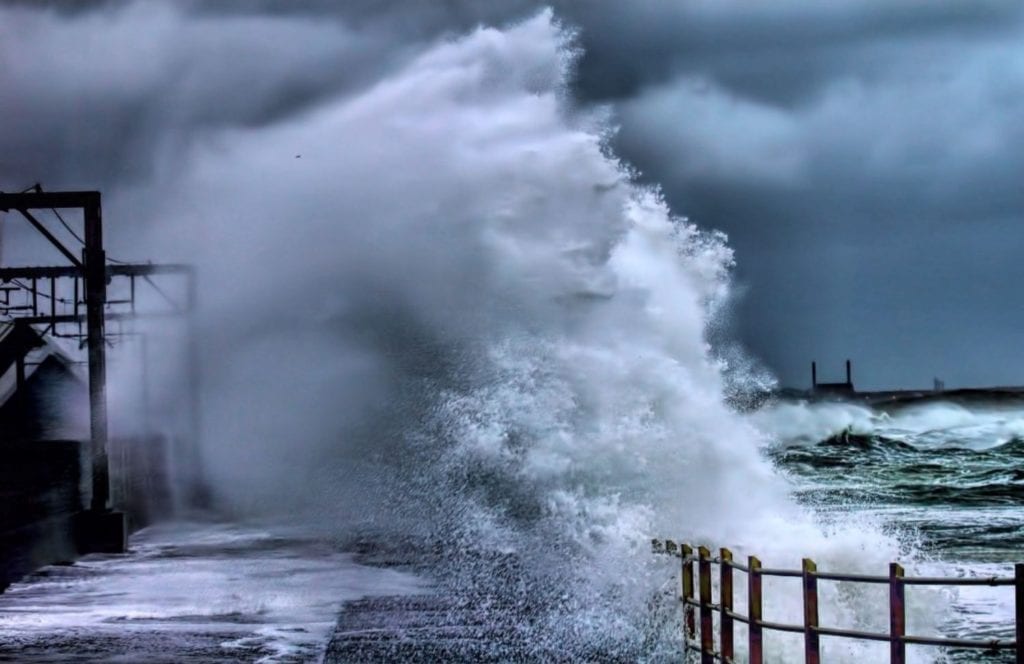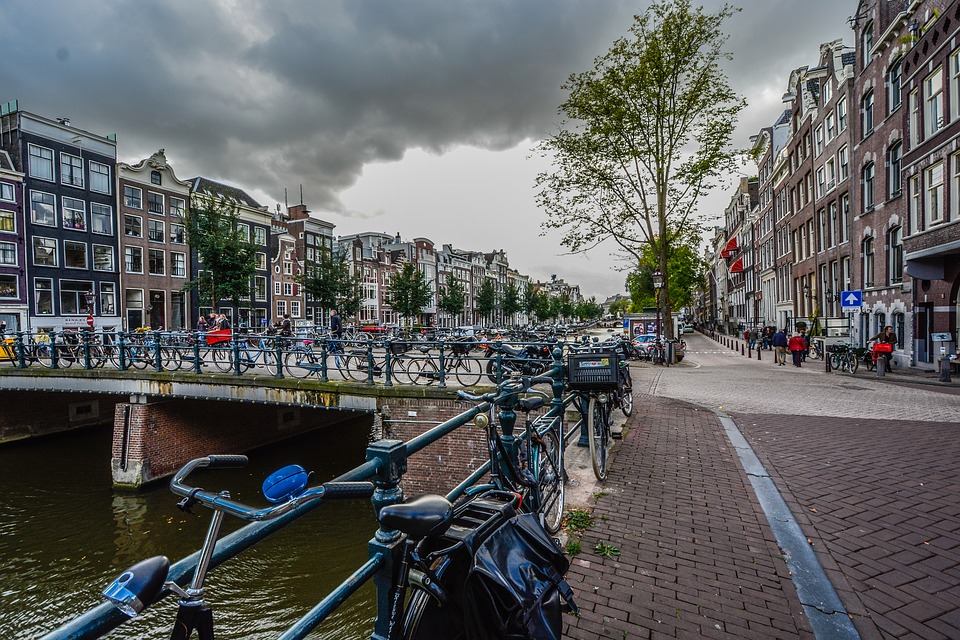The Dutch meteorological service (KNMI) has selected a variety of Dutch names by which storms will be known in the future. The combined list with the British and Irish weather services will increase familiarity and recognition of storms.
It won’t be Hurricane Lieke or Hurricane Jeroen though: instead the names will be based on Dutch people from history. The Dutch names to make the list will be Jan and Kitty (although we’re not sure the severity of the situation will come across for Hurricane Kitty – meow!)
Regardless, the names are pretty significant. Jan refers to Jan Pelleboer and Jan Buisman, the former being the first weatherman on radio and tv and the latter a historical geographer.
Meanwhile, Kitty is a reference to Kittie Koperberg, a war victim from WWII. She worked for the KNMI from 1938, until she was deported by Nazis to a death camp in Poland where she was gassed with her sister.
Why are the Dutch Naming Storms Now?
There was previously not a naming convention for Code Orange and Code Red storms in the Netherlands. However, the Dutch have hopped on board with the system after research showed that a colloquial name triggers more recognition in the public about recent events.
#Stormen met een code oranje of rood voor windstoten krijgen vanaf nu een naam. Het KNMI heeft samen met de weerdiensten @metoffice (Groot-Brittannië) en @MetÉireann (Ierland) een lijst met stormnamen voor seizoen 2019-2020 opgesteld. https://t.co/4JFILfN3zK pic.twitter.com/YXR7PzRHMJ
— KNMI (@KNMI) September 6, 2019
But the names didn’t come from nowhere. There were thousands of suggestions, including Dennis, Gerda and Willow. No names starting with Q, U, X, Y and Z are used in line with international standards.
The full list of storm names for 2019-2020 from the Netherlands, UK and Ireland:
Atiyah, Brendan, Ciara, Dennis, Ellen, Francis, Gerda, Hugh, Iris, Jan, Kitty, Liam, Maura, Noah, Olivia, Piet, Roisin, Samir, Tara, Vince and Willow.
How do they decide which name will be next?
The list goes alphabetically, so the first storm this year will be the female name Atiyah, and the second storm will be a male named Brendan. The storms always alternate between male and female names.

Interestingly, research has found that storms that have female names are more likely to hurt people than male storms. That’s not because females come out swinging with a vengeance, or some bizarre tribute to women’s rights and power. Rather, scientists believe it’s because people find female names less threatening, according to the BBC.
Why did the UK, Ireland and Netherlands team up?
It’s not because they’re best buddies, or because they like each other’s names. Instead, it’s as simple as the geographical area they share. Storms don’t limit themselves to borders, nor will they be stopped by Brexit.
“Because many people travel between our countries, the use of names makes it a lot easier to estimate the dangers of a large storm system,” KNMI director Gerard van der Steenhoven told NOS.
What names would you like to see make the list next year? What do you think of the new naming conventions? Let us know in the comments below!
Feature Image: Pexels


